All of the California sites are of the natural wonder variety.
1. Lassen Volcanic National Park, in Lassen National Forest, at the northern end of the Sierra Nevada Mountains. "It is the area around Lassen Peak, the only active volcano in the United States (sic). It can be reached by State Highways 89 and 44."
Around 500,000 annual visitors. This place is quite far north in California, away from the great population centers. Mount Lassen had a series of eruptions between 1914 and 1921, but appears to have been quiet since then. Attractions of the park include lava beds, painted dunes, a cinder cone, thermal vents, boiling springs and other volcanic phenomena.
2. Sequoia and General Grant National Parks, the wildest country on the western slopes of the Sierra Nevadas, about 53 miles east of Fresno. "It was named for the giant sequoia trees found there. It can be reached by state highways 32, 180, and 198."
Sequoia is one of the greatest of all the national parks, famous for its giant trees. It also contains Mt. Whitney, the highest peak in the lower 48 states, which I had not known, as well as caves, legendary trails, museums, and all other manner of attractions. It's a legendary tourist destination, and still evokes a part of the classic California experience for those of us of a certain age who have (still) never been there.
General Grant National Park was originally a separate park, but at some point around 1940 it was absorbed into the adjacent Kings Canyon National Park. General Grant Tree, 1,500 years of age and the third largest tree in the world, as well as the United States's national Christmas tree, still stands in the park's eponymous Grove. This includes the rival Robert E. Lee Tree, which is however merely the eleventh largest in the world. The tree appears for the present to have escaped the notice of activists who would doubtless find it appalling that the once-honored rebel general should be commemorated anywhere under the sun, but especially in a place like this that has so little to do with that sordid episode of American history at least.
3. Kings Canyon National Park "Directly north of Sequoia National Park, and it can also be reached by State Highway 180."
The least visited of the triumvirate of Sierra parks (with Yosemite and Sequoia), this park features sequoia trees as well as its namesake canyons. Visitation has been declining since peaking at 1.2 million per annum in the mid-1970s, averaging around 560,000 a year since 2000. The park is mostly wilderness with roads only penetrating a little way into the park, so it's a lot of strenuous outdoor effort for the casual tourist. Most people who make it there seem satisfied with their experience.
AOC was a recent visitor.
4. Muir Woods "is a grove of giant sequoias on the west central edge of Sequoia National Forest, on Route 32."
This is way up in northern California near Oregon. Only 135,000 visitors in 2017. Perhaps due to this isolation and sparse traffic, the park does not appear to have undergone the frequent changes with regard to crowd management and change in the availability of attractions as other places on this list, and is largely the same as in the past. I don't get the impression that there is a lot of nightlife to distract one in this area.
6. Yosemite National Park, 429 lakes inside the park, and numerous rivers. "This national park has accommodations for visitors all year round, and many kinds of sports and entertainment are available at all times. There are hotels, restaurants, cabins, tents, and camping grounds. There is a hospital, and ambulance service. There are even doctors and dentists. Yosemite National Park is so large it is almost like a huge, sprawling, spread-out town."
One of the biggest dogs of all in the American tourism circuit. 4.4 million visitors in 2019. Honestly, everyone I know who has ever been out west has gone there. This doesn't include me, I have never been to California, or further west than New Mexico. To this point. It looks like they still have at least one on-site dentist. Some of the hotels inside the park even have bars, which sounds exciting to me because I haven't gotten out much in the last 20 years. They have museums there as well. Sounds like an amazing place.
7. Death Valley, in the Colorado Desert, "has been made a national monument. Although the section that is the actual Death Valley of covered wagon days is comparatively small, the general area covers about 1,500 square miles that have been set aside as a national monument. It extends several miles over the Nevada border. A highway travels the full length of the Death Valley National Monument, and passes through the center of Death Valley proper. In addition, the center of the Death Valley National Monument is crossed by State Highway 190."
1.6 million annual visitors. A unique and highly interesting place, obviously. Extremely hot. I always wondered how tourists could go there and do anything without dying in large numbers, but it looks like it is recommended that you visit between October 15 and May 15. It is not a summer vacation destination. It has traditionally been one of the best locations in the United States for stargazing but in recent years light pollution from the Las Vegas conurbation has started to become an occasional problem.
These are all the sites that are given for California ca. 1965. There is a brief section afterwards of "Famous people from California" which I don't believe is given for any other state. Perhaps it is worth looking at this to see who was considered worthy of note at the time. Namely writers and other artists, and presidents, in a word the people I took to be the great historical celebrities of my youth.
"Many very famous people have made California their home. Among the famous writers from California are Gertrude Atherton, Jack London, William Saroyan, John Steinbeck, Kate Douglas Wiggin, and L. Frank Baum.
"In the music field, there is the composer, Charles Wakefield Cadman, and Lawrence Tibbett, the singer. (I have to admit, I have never heard of either of these people--ed.)
"The poet Robert Frost also lived in California, and so did the famous publisher, William Randolph Hearst.
"Will Rogers, the humorist, Luther Burbank, the plant wizard, and Vice President Richard Nixon were all residents of California, and the most famous of all was Herbert Hoover, President of the United States."
This is supposed to be a Charles Wakefield Cadman composition. He had an interesting biography. There was a lot for talented people to do in those days. There is a lot for them to do now too, obviously, but the overall impression left by their biographies doesn't seem as interesting. As a composer, he was identified with the Indianist movement, in which some American composers sought to incorporate Native American motifs into their work.
Lawrence Tibbett was an opera star and sometime movie actor who was nominated for an Academy Award for best actor in 1930 (for the film The Rogue Song). He even appeared on a postage stamp. Yet does anybody remember him now?

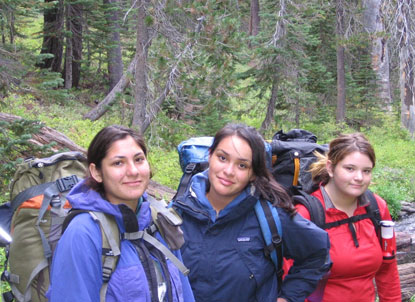
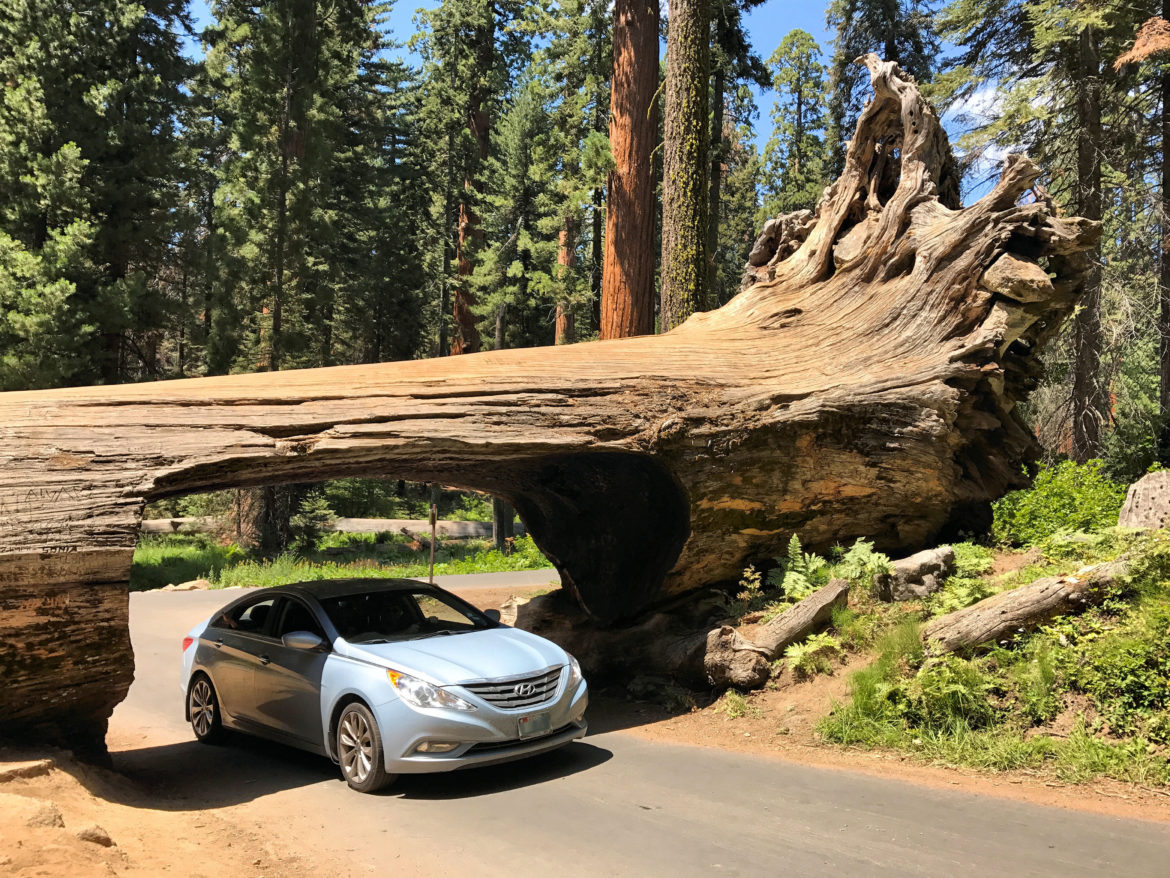
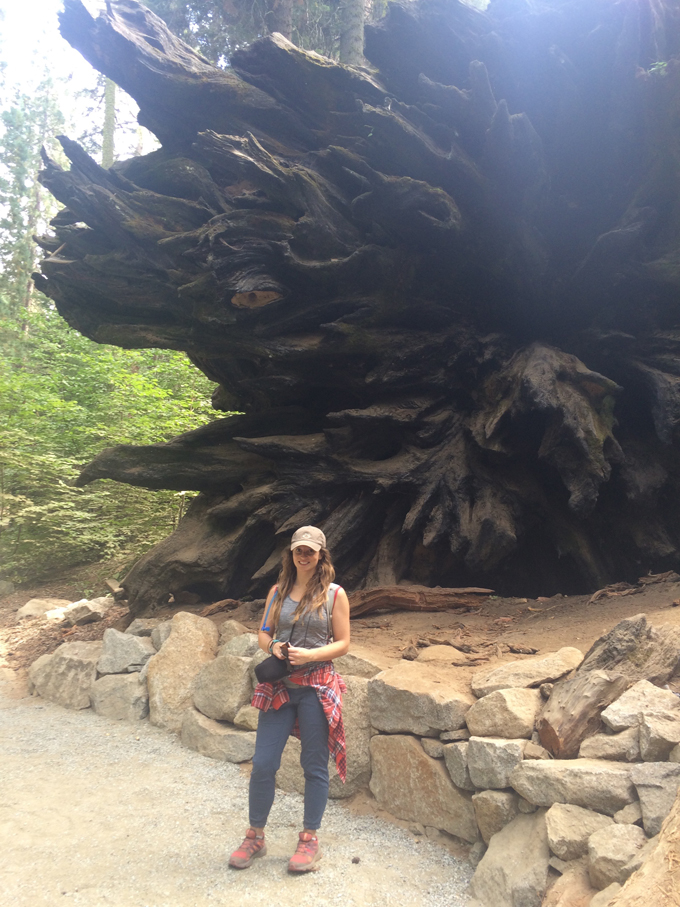


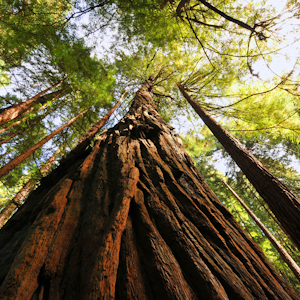


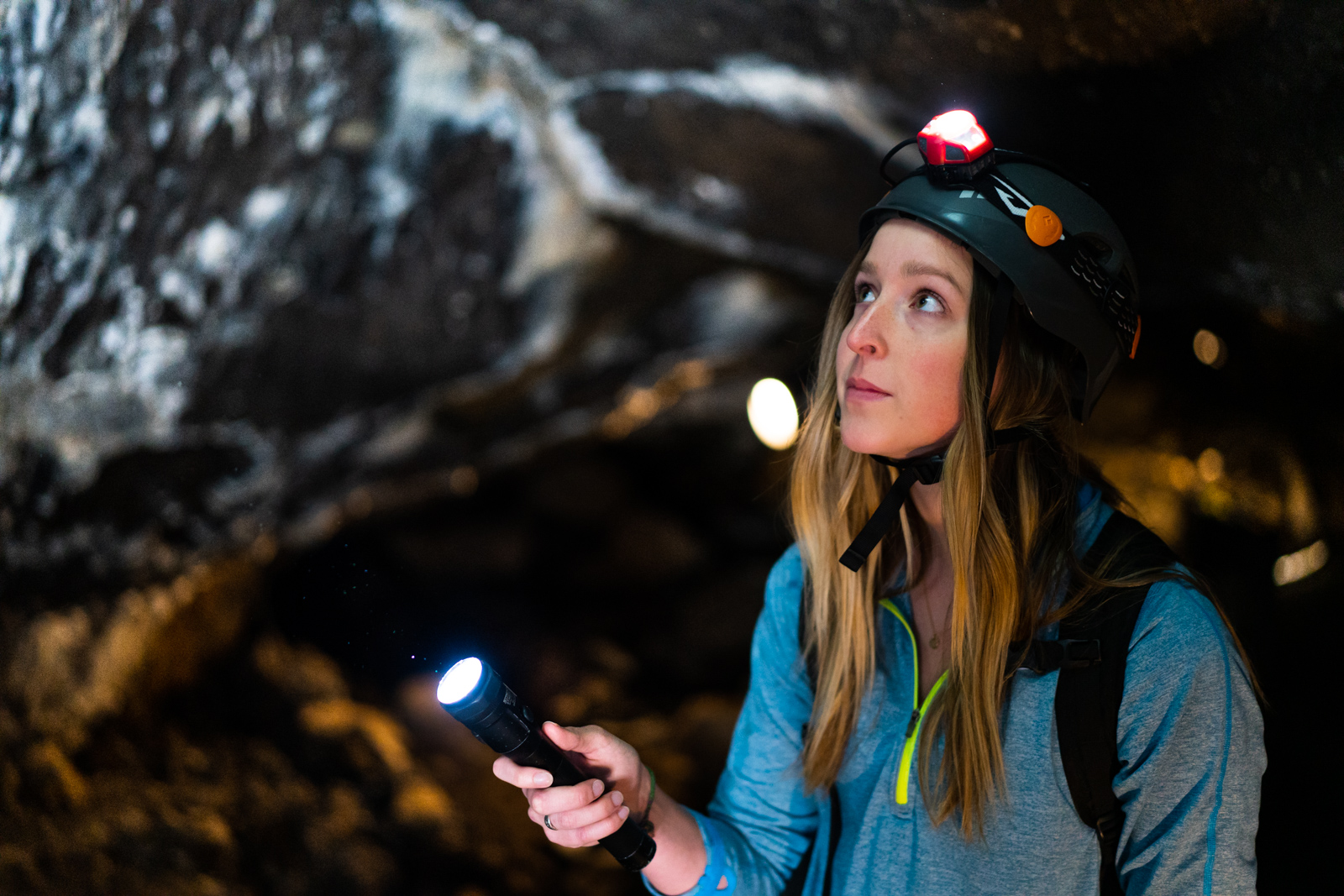

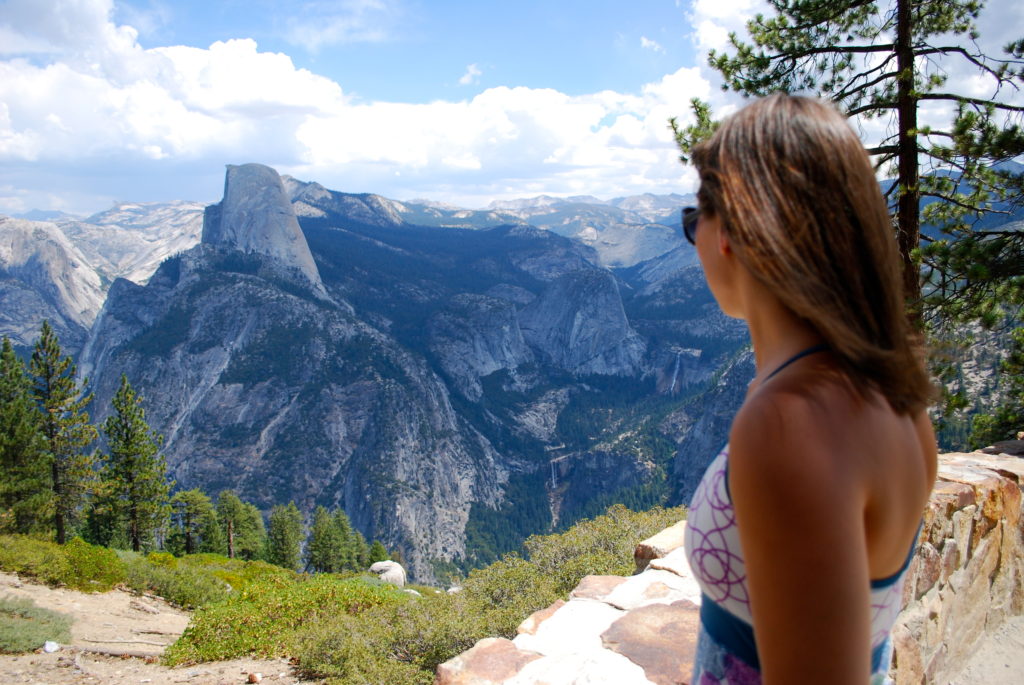
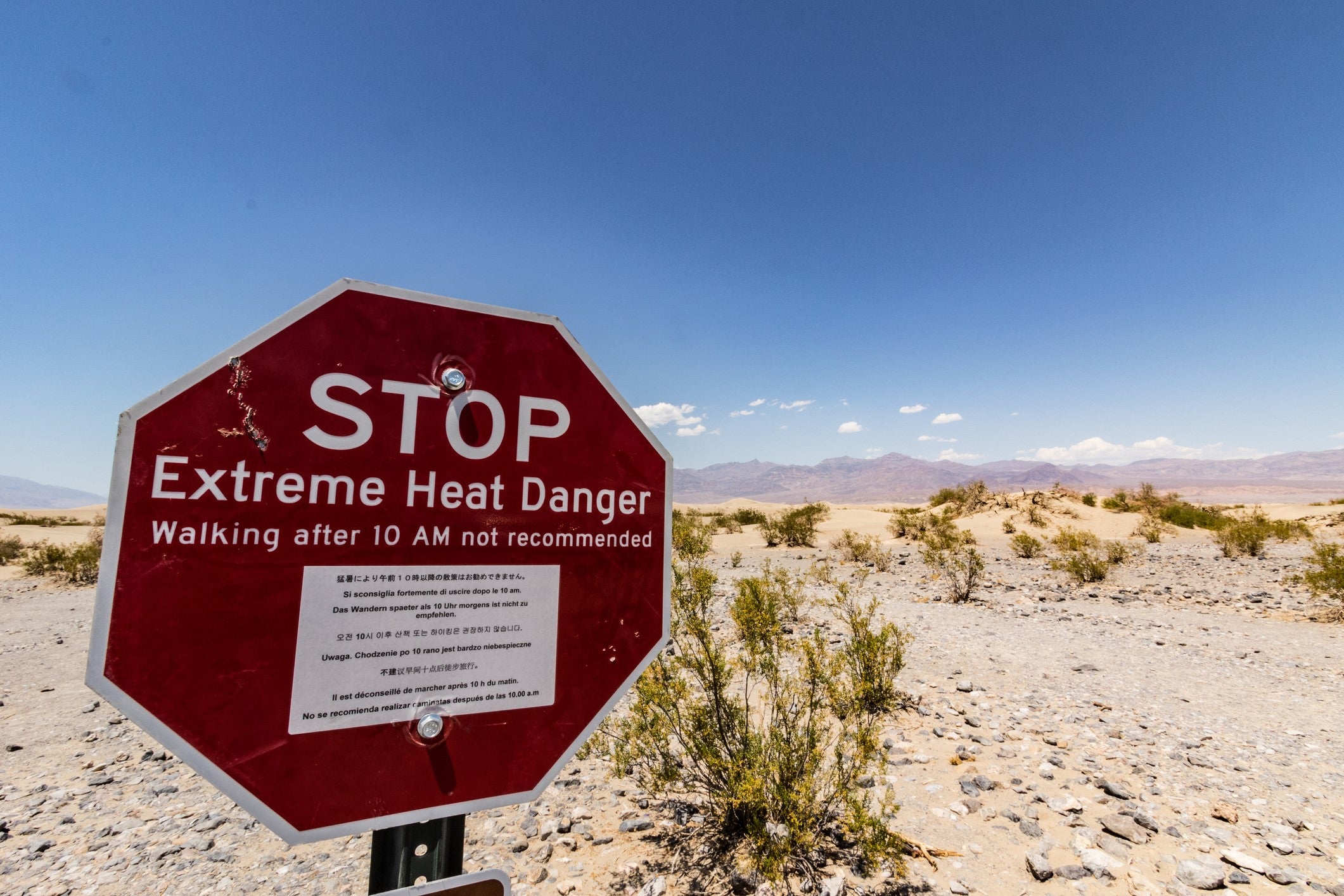

No comments:
Post a Comment